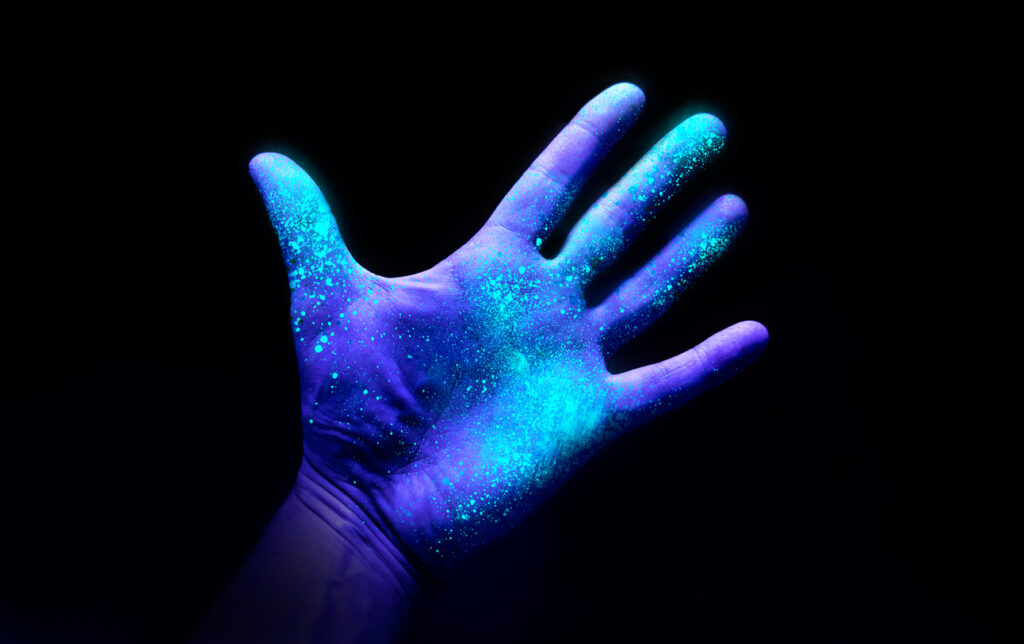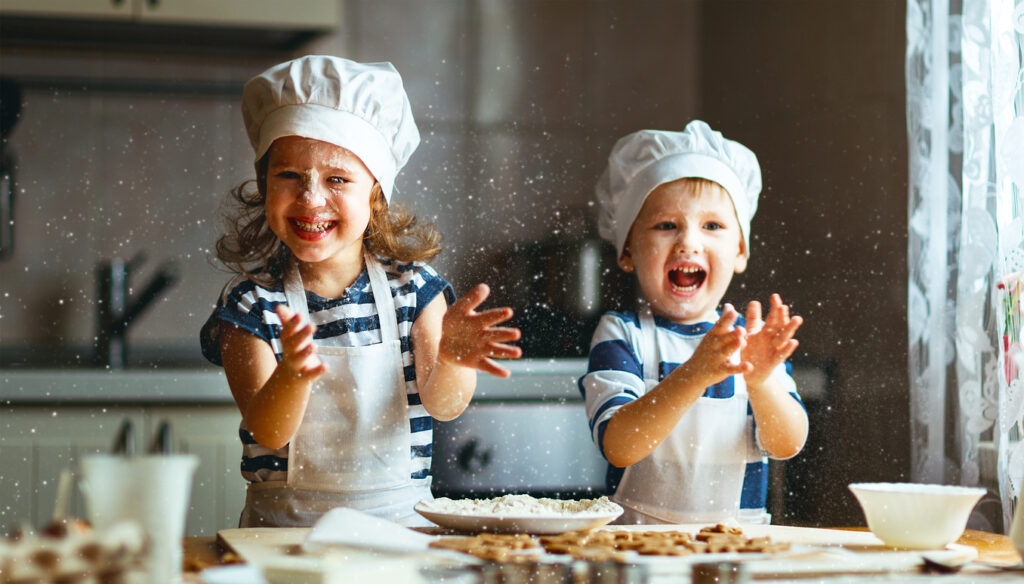
Where do you find germs?
You will find germs everywhere – in our soil, water, and air. Not only are they on our skin, but they are in our bodies. You will find many germs on the surfaces of the objects that we touch. Some can be helpful, but there are others that are harmful and will cause disease
There are times when those germs will spread to you and those you love and make you feel sick. One example is that there are germs on your TV remote. When you touch the remote and then you eat, touch your nose or eyes, you can easily get infected with these germs.

There are times when those germs will spread to you and those you love and make you feel sick. One example is that there are germs on your TV remote. When you touch the remote and then you eat, touch your nose or eyes, you can easily get infected with these germs.
Even a hug can spread the flu virus, the common cold, and allergens.
What is the difference between sanitizing, cleaning, and disinfecting?
There are people who think that disinfecting is the same thing as sanitizing or cleaning. But they are quite different, here’s how:
● Cleaning takes off dust, dirt, germs, and crumbs from objects or surfaces. When you clean, most likely you will use soap/detergent and water to physically clean off the objects and surfaces. This doesn’t necessarily kill the germs that you have there. But since you wiped away many of them for a very short period of time, there are fewer germs that could spread infection to you.
● Disinfecting uses a chemical or disinfectant to kill germs on objects and surfaces. Some common disinfectants you can find are alcohol solutions and bleach. Most of the time you need to leave the disinfectant on the objects and surfaces for an abbreviated period of time to kill the germs. Disinfecting does not necessarily clean dirty objects and surfaces or remove all the germs found there.
● Sanitizing can be done by either disinfecting, cleaning, or both. Sanitizing means that you lower the number of germs to a level that is considered safe. Determining what is considered a safe level will depend on public health standards or workplace requirements. Let’s take, for example, sanitizing procedures for restaurants and other food preparation agencies. What you sanitize varies, depending on your needs. You could be mopping a floor with a mop, water, and a chemical. You might use a dishwasher in order to sanitize dishes. Or you could just use an antibacterial wipe on your TV remote.
If you both disinfect and clean an object or surface, you will lower your risk of spreading infection. There are many products that disinfect and clean at the same time.

How do I avoid getting germs from objects and surfaces?
To keep from being infected by germs from objects and surfaces, it is important to make sure that you wash your hands. But it’s hard to wash your hands each and every time you touch an object or surface, so what you need to do, and this is important, is routinely disinfect and clean objects and surfaces around you. To be 100% safe this needs to be done several times a day, or, you can apply a safe, non-toxic inhibitor.
Just because there is no odor doesn’t mean it is clean and healthy.
It smells clean. It looks clean. But it is not clean.
Which objects and surfaces should I disinfect and clean?
In order to reduce the spread of infection and viruses, you should regularly disinfect and clean objects and surfaces that get touched often. For example; in your home, this will include doorknobs, countertops, toilet handles, faucets, light switches, toys, and remotes.
How can I disinfect and clean safely?
It’s rather important that you are safe when using disinfectant and cleaning products:
● Always store them in their original containers. Make sure to follow instructions and pay close attention to any warnings that you find on the label.
● NEVER mix cleaners and disinfectants unless the label specifically says that it is safe. Combining some products (such as ammonia cleaners and chlorine bleach) can cause serious injury and has even led to death.
● Make sure that you check the label to see if it’s necessary to use gloves in order to protect your hands and/or wear eye protection while you are using the products.
● If you inhale, swallow, or get any on your skin, make sure to follow the directions that are on the label or seek immediate medical attention.
● Ensure the area is well-ventilated before using any sanitizer. Safe does not mean healthy.
● And if you use inhibitors or a sanitization company make sure their products are FDA approved.

